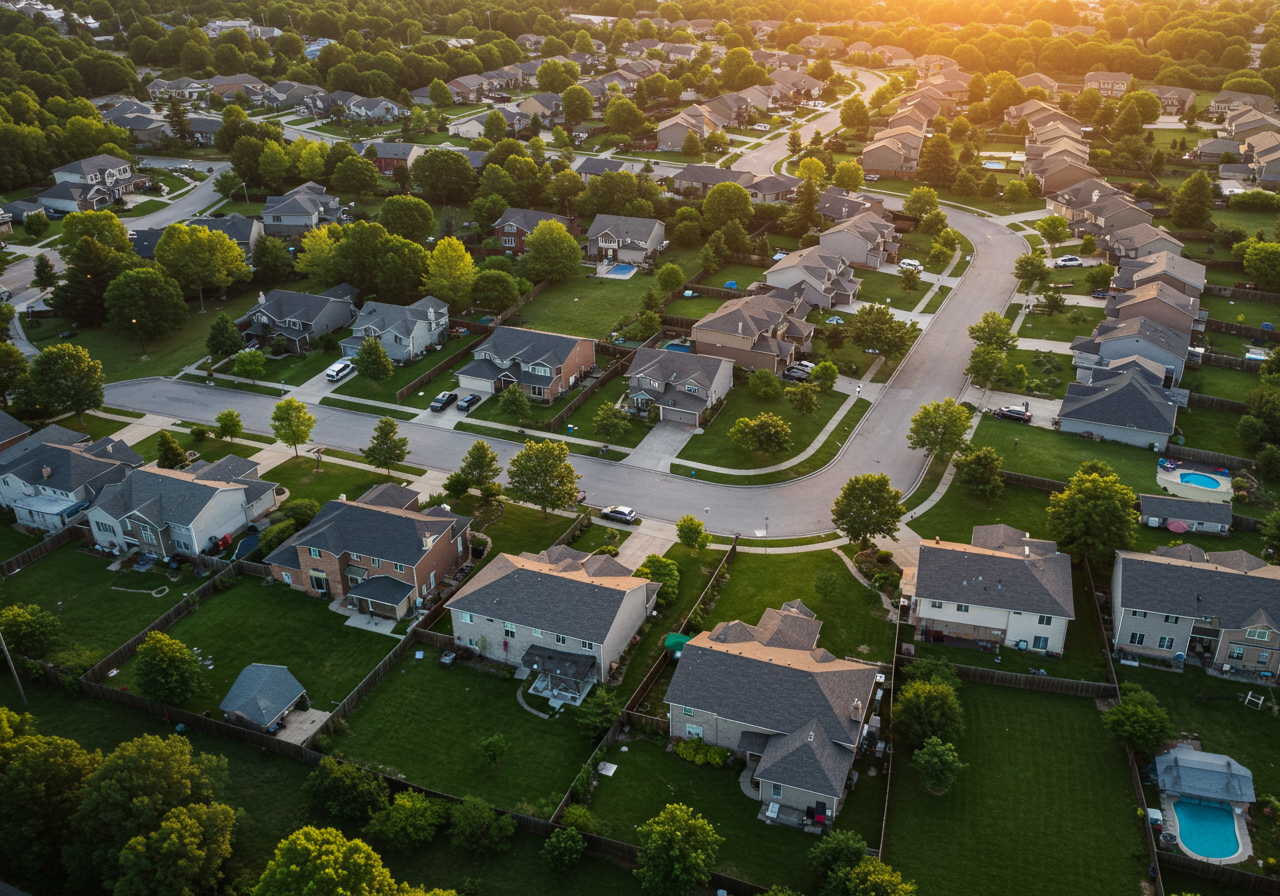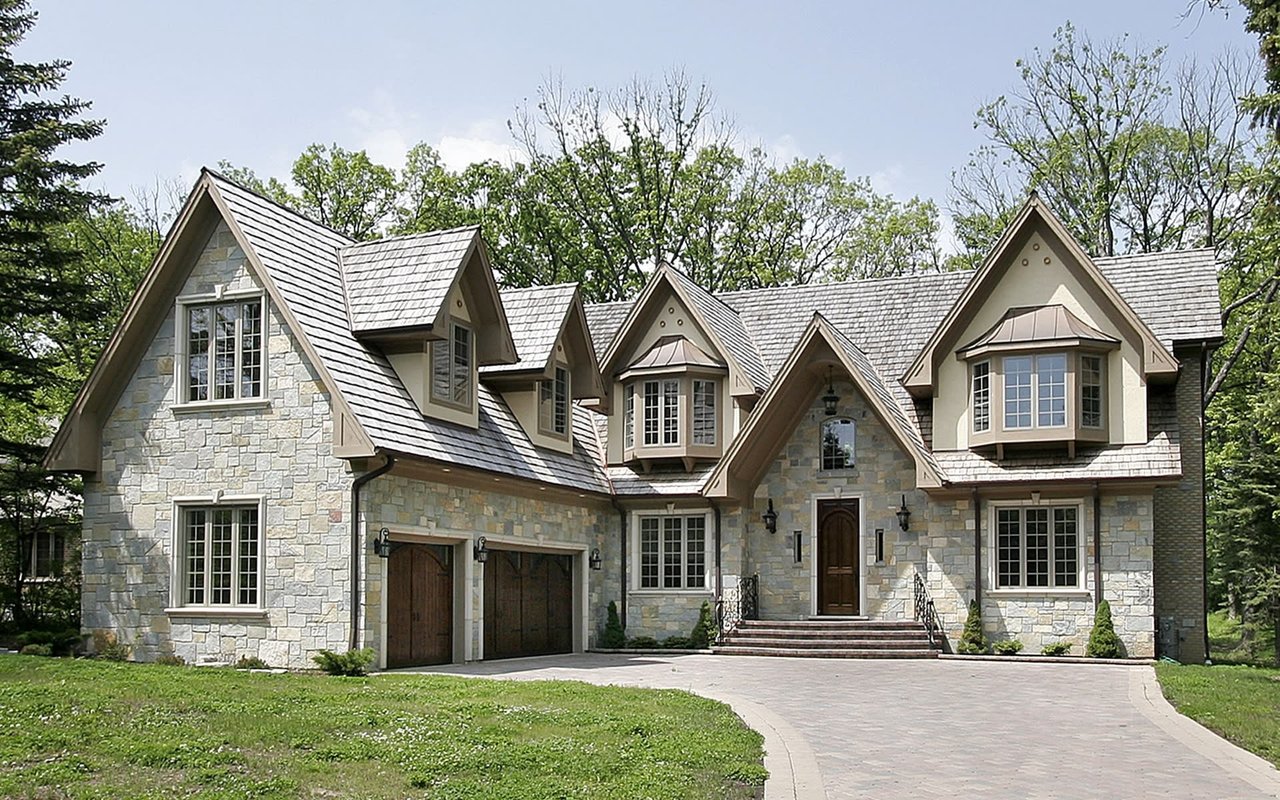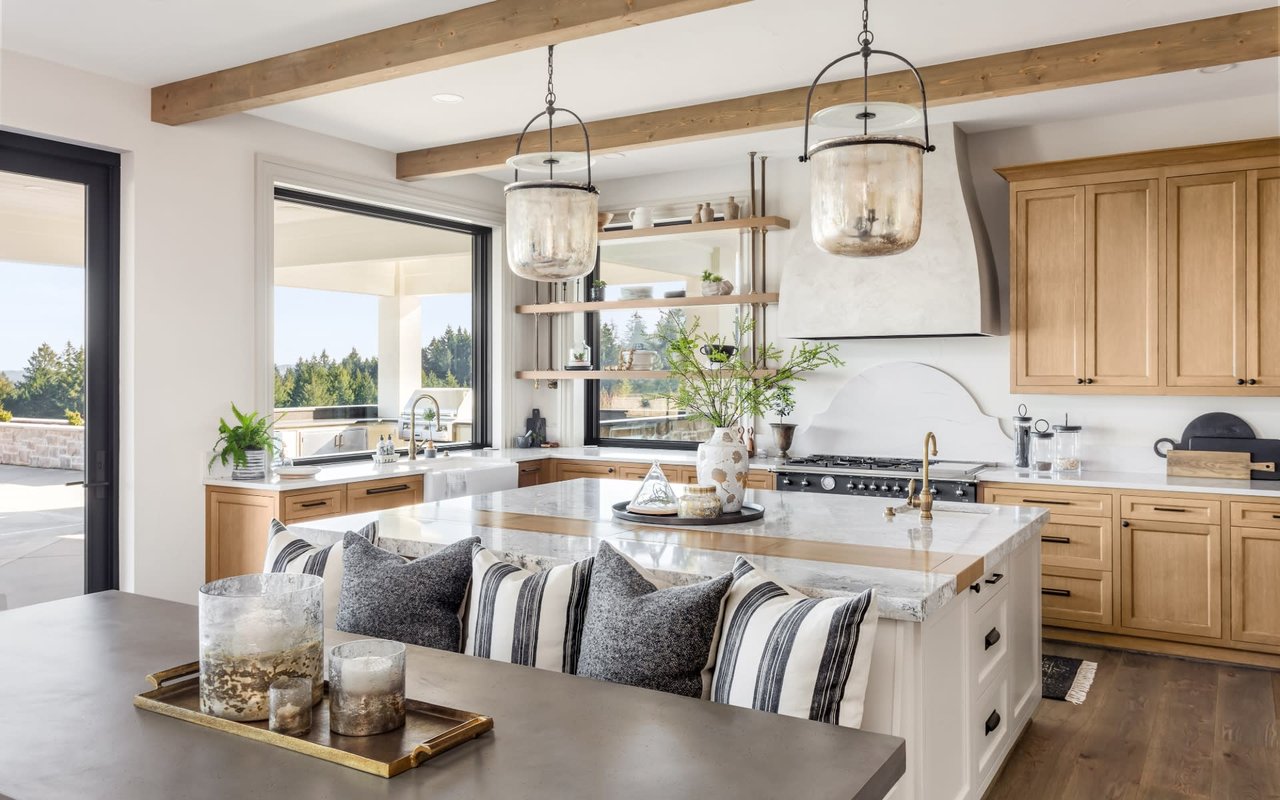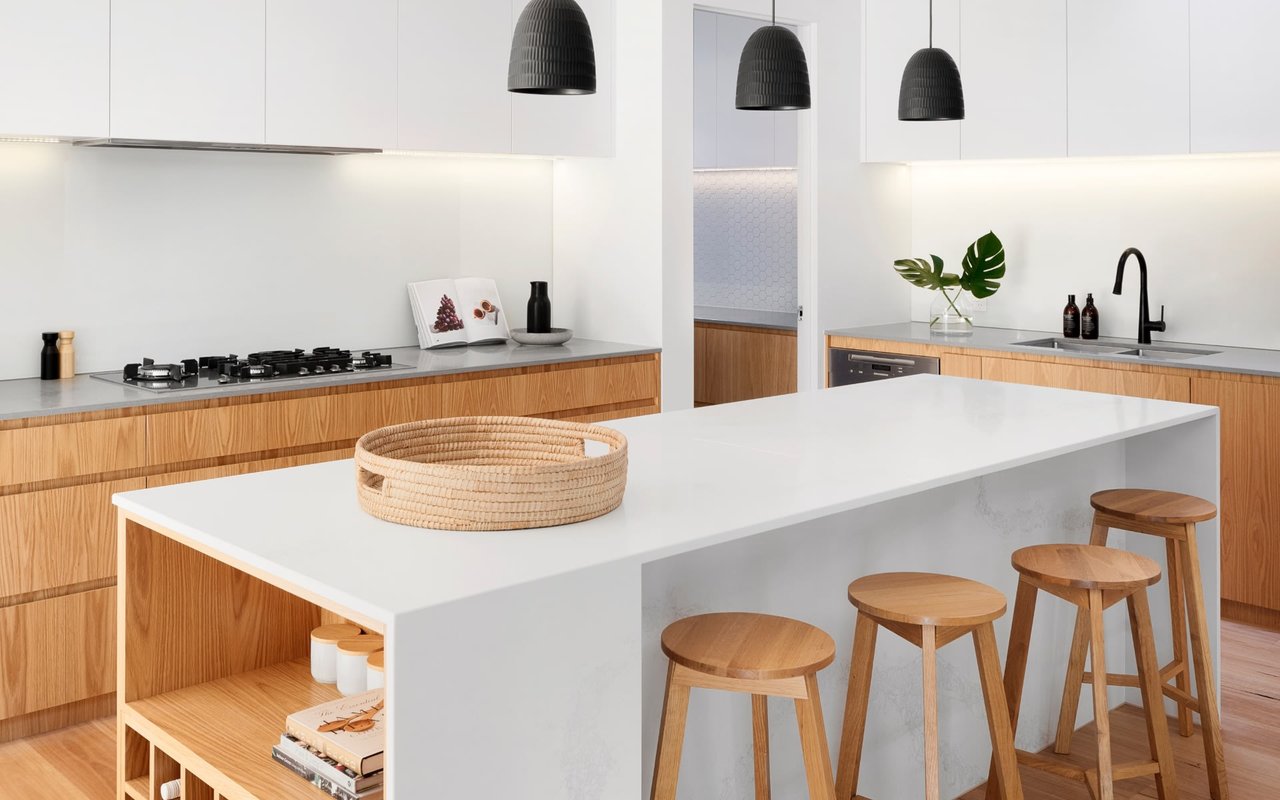Real Estate Market Update
housing market

housing market


Mortgage rates are on the upswing, but experts remain optimistic that rates will drop in 2024. Home affordability challenges persist, but the single-family construction market is on fire!
This year could still be better for homebuyers, and experts predict a busier spring season ahead. Don’t expect any drops in home prices, though. However, buyers could have a better chance if the builders keep single-family production moving forward.
Want the latest real estate news? Here’s my housing update for February 2024!
The median existing-home price for all housing types was $379,100 in January, a gain of 5.1% from a year ago ($360,800), according to the National Association of Realtors (NAR). This was an all-time high for January. Today, multiple offers are still common on mid-priced homes, and many sell within a month.
According to the U.S. Census Bureau, the median sales price of new houses sold in January 2024 was $420,700. The National Association of Home Builders (NAHB) expects a rise in single-family starts in 2024, but we’ll continue to see supply-side challenges. Rent and homeownership costs are rising at a 5.4% rate, and NAHB Chief Economist Robert Dietz said the only way to tame shelter inflation and improve affordability is to build more housing.
Existing-home sales grew by 3.1% in January, but declined 1.7% from the previous year. According to NAR, the national housing inventory increased 2% month-over-month in January to 1.01 million homes, or the equivalent of 3.0 months’ supply at the current sales pace.
"While home sales remain sizably lower than a couple of years ago, January's monthly gain is the start of more supply and demand," said NAR Chief Economist Lawrence Yun. "Listings were modestly higher, and home buyers are taking advantage of lower mortgage rates compared to late last year."
Sadly, mortgage rates for a 30-year fixed-rate mortgage climbed to 6.9% as of Feb. 22, 2024, up from 6.63% at the beginning of the month. According to Freddie Mac, strong economic and inflation data has caused the market to re-evaluate monetary policy, pushing mortgage rates up. Typically, a strong economy does not impact the housing market this much. However, housing affordability is so low that “good” economic news is bad for potential homebuyers.

The D.C., Maryland, and Northern Virginia housing markets aren’t doing any better — or worse — than what’s being experienced nationwide.
According to the Northern Virginia Association of Realtors' January 2024 market statistics data, the median home price was up 6.6% compared to the year before, reaching $650,000 in the NVAR region. This was in line with expectations when looking at past months. Homes in January moved faster than they did last year. In the DMV, homes sit on the market for 29 days on average, and the NVAR expects this number to get shorter as activity picks up in the coming months.
The Washington, D.C. region is ranked as one of the most expensive housing markets in the U.S., and most homes sell for over $1 million. Despite the tight inventory, Fortune reported that luxury home sales across the U.S. increased by more than 4% during the last quarter of 2024. The DMV was also one of the most sought-after cities for international luxury buyers, and Fortune predicts that 2024 could be an even bigger year for luxury home sales!
The NAHB expects single-family home building to expand in 2024, but not without higher prices and/or shortages of lumber and labor. New home sales account for over 30% of the single-family market, compared to the 10%-12% average. Zonda Chief Economist Ali Wolf says 80% of builders anticipate starting more homes this year, and 51% expect that starts will be up more than 10% compared to 2023.
However, home builders will deal with elevated construction and regulatory costs, said Dietz. Complying with building codes, zoning issues, and other costly challenges make up nearly 24% of the final sales price of a new construction home, or about $93,870 per home. To ease the housing deficit, we need to build more than 1.15 million single-family homes per year, Dietz added.
Although new construction homes cost more than existing homes, prospective homeowners will have much better luck building their dream home rather than finding it on the market.
While mortgage rates have edged higher this month based on Freddie Mac data, the overall trajectory from fall 2023 is down, said Jessica Lautz, NAR’s deputy chief economist and vice president of research. Mortgage rates are also a full percentage point below the recent high.
The Federal Reserve signaled that it could begin cutting interest rates around midyear, but a March cut is “not likely,” said Fed Chair Jerome Powell. The Fed doesn’t directly determine mortgage rates, but lenders could follow the Fed’s lead.
Danielle Hale, chief economist at Realtor.com, says their modeling suggests a gradual, steady decline to a year-end 6.5% rate. But this doesn’t mean it’s a guarantee. If inflation doesn’t continue to improve, then we could remain in a higher interest rate environment.
According to Freddie Mac’s February 2024 Economic, Housing and Mortgage Market Outlook report, demand continues to outpace supply and has led to a reacceleration of home prices. The FHFA Purchase-Only Home Price Index for November 2023 increased by 0.3% month-over-month and was up 6.6% year-over-year. Since December 2019, the index has increased by nearly 50%.
Despite the lack of affordable housing, Sam Khater, chief economist at Freddie Mac, anticipates a busier spring home-buying season than 2023. He also noted that home prices will likely continue to increase “at a steady pace.”
Despite the higher mortgage rates and home prices, there’s still robust demand. The lack of existing inventory and incentives offered by builders have pulled more buyers toward the new home market, according to Freddie Mac.
Housing starts, permits, and completions were below the revised December estimates, but HousingWire mostly attributed this to the lousy weather, which does impact the closing of construction projects, and the apartment decline.
Total housing permits would be much higher if the apartment boom didn’t die, which indicates that single-family construction is still ongoing. If the 10-year Treasury yield doesn’t climb higher, this should continue in 2024 as builders keep single-family construction moving forward.
The real estate market is still a rollercoaster ride. The existing home market is tough right now, so I suggest looking into new home construction. If you’re concerned about the higher price tag on a new home, 58% of home builders offered some form of incentive in February. These include mortgage rate buydowns and price reductions.
Looking to buy or sell in the DC area? Don’t navigate the housing market alone! Reach out today for expert real estate leadership.
Stay up to date on the latest real estate trends

housing market
December 2, 2025
November 2025

housing market
November 2, 2025
October 2025

housing market
September 30, 2025
September 2025

housing market
September 1, 2025
August 2025

housing market
August 1, 2025
July 2025

housing market
July 1, 2025
June 2025

housing market
June 3, 2025
May 2025

housing market
April 30, 2025
April 2025

housing market
March 31, 2025
March 2025
Whether you’re buying or selling a home (or both), your success hinges upon the expert advice and services provided by your real estate agent. I’m committed to providing my clients with professional services based on my experience, knowledge and skills.